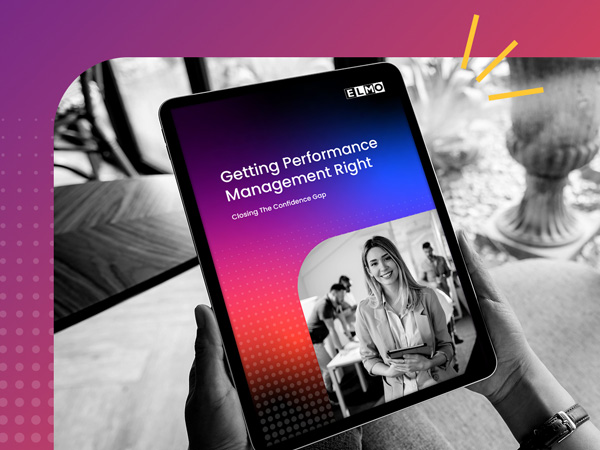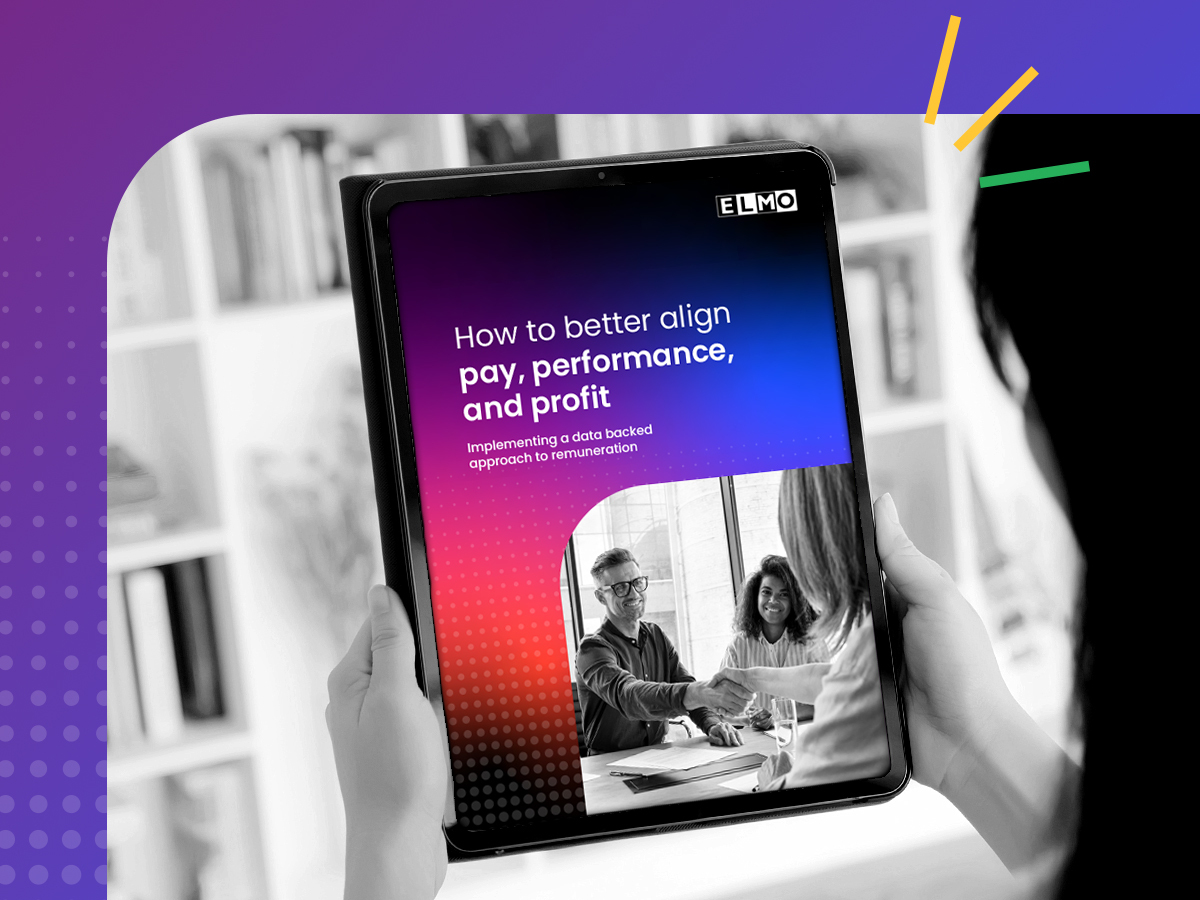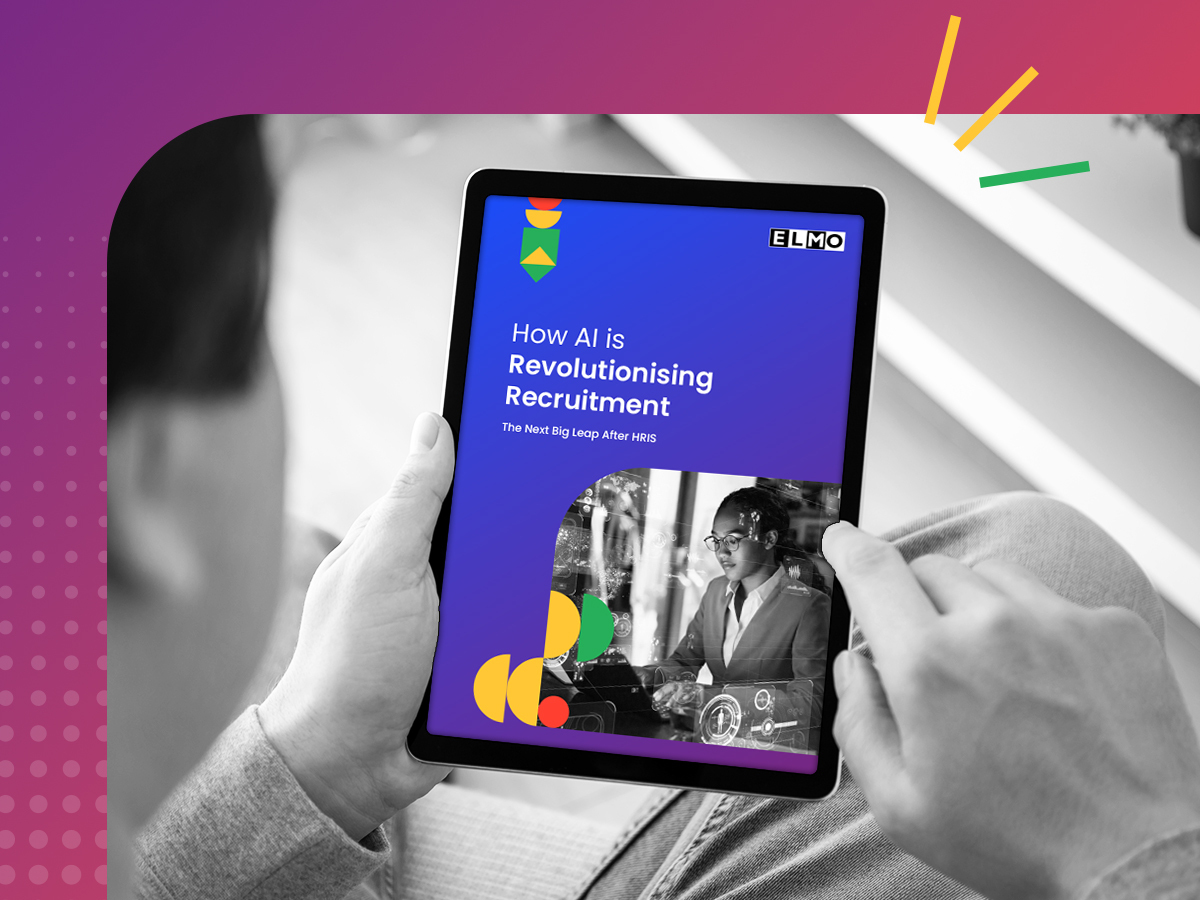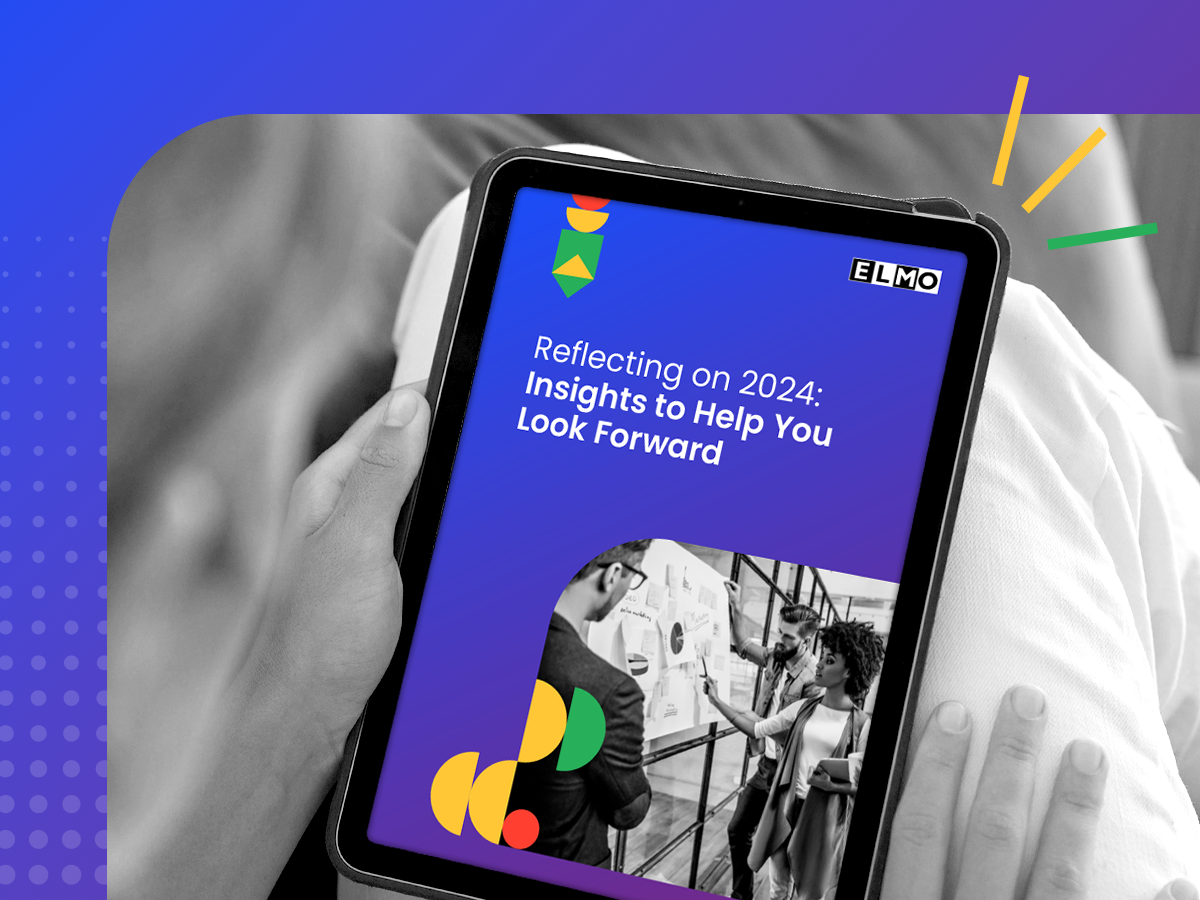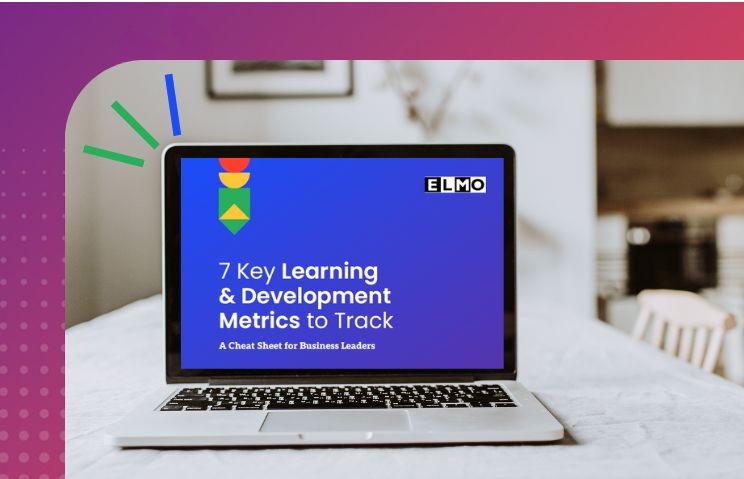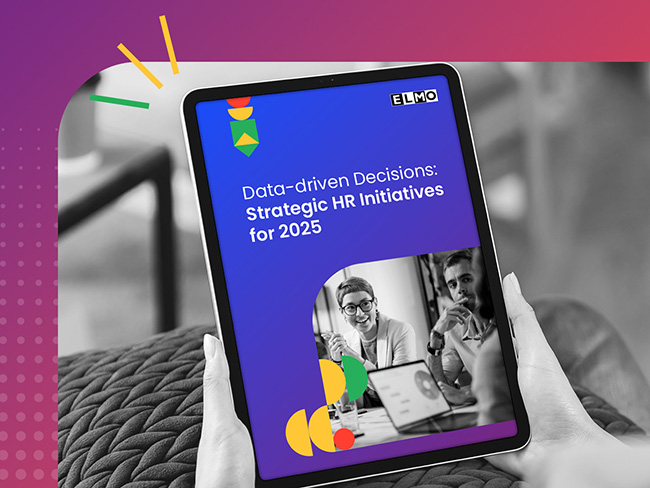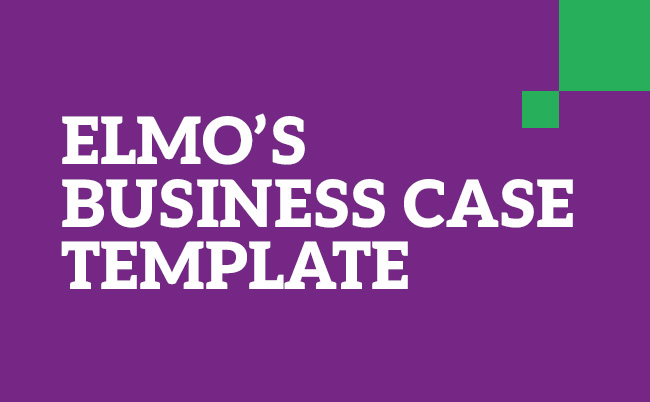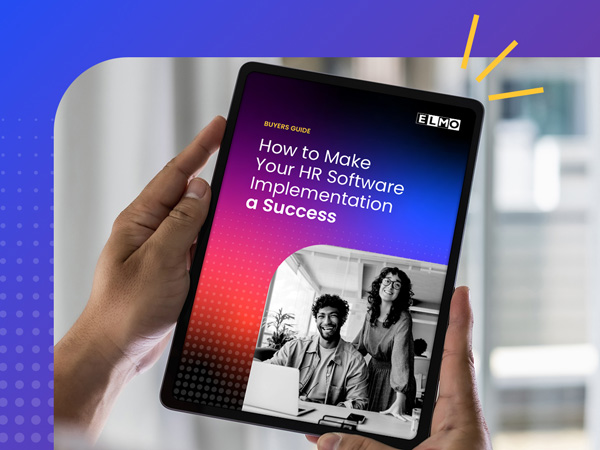Choosing the Best Payroll Software
Tired of the stress that comes with using multiple systems to pay staff, manage leave requests, and ensure payroll-related compliance obligations are met? A single solution can do all of this and more, saving your business time and money. We show you how to choose the best payroll software for your business.

Key take aways:
- Choose integrated over standalone systems – eliminates double data entry and connects seamlessly with other HR functions, saving time and reducing errors.
- Automation is essential – handles complex calculations, tax compliance, and government reporting automatically while giving employees self-service access.
- Cloud-based solutions offer better value – provide automatic updates, lower costs, enhanced security, and remote access without requiring in-house IT maintenance.
- Compliance automation reduces regulatory risks – automatically handles STP, SuperStream (AU) and Payday Filing/KiwiSaver (NZ) requirements.
- Prioritise key features – real-time reporting, multi-user access, robust security, local support, easy integration, and scalability for changing business needs.
You’re probably no stranger to the challenges of payroll, whether you’re a business owner, payroll manager or human resources manager.
All it takes is one error which can set off a chain of problems, resulting in late nights and endless headaches for your team.
Organisations can’t afford to make mistakes when paying staff, tracking hours, handling leave requests and ensuring government and regulatory obligations are met – not to mention the host of other vital tasks that also fall under the payroll umbrella.
And yet, so many HR departments across Australia and New Zealand create more work for themselves by taking an ineffective approach.
Problems often arise when managers hand this responsibility to departments with already heavy workloads. Further exacerbating the challenge is that payroll is time-consuming if you’re using multiple apps or paper files.
Thankfully there’s a better way.
You can now use one system to quickly and accurately manage EVERY payroll task.
What is payroll software?
Payroll software makes payroll processing easier, therefore reducing the burden of this practice for your business.
Organisations use this electronic and secure system to access and update employee data, customise reports and more. This means it takes less time to calculate and pay salaries, wages, taxes and super. There are fewer errors too, thanks to data automation.
Payroll: Outsource or in-house?
A key decision to make before looking into payroll software options is whether to keep the payroll function in-house, or to outsource the payroll function to a third-party company.
The decision to outsource will depend on several factors. For example, if an organisation does not have a dedicated payroll administrator, the task often falls to the business owner or his/her accountant – making the outsourced option appealing. Another reason to outsource is to eliminate the expense of an in-house administrator or payroll software. A final reason is due to complexity: payroll is notoriously complicated, and mistakes are easy to make. Outsourcing to a specialist payroll company can remove this burden from overstretched in-house teams.
However, outsourcing does have some drawbacks. For example, services can cost more than payroll software, there remains a risk of payroll mistakes, and employers can be unsure if their employees’ personal information is secure.
Hybrid payroll solutions offer a third option. This option combines payroll software (available in the cloud) and payroll outsourcing. This is attractive for small to medium-sized businesses that may want control over payroll data but not the challenge of fully running payroll and ensuring tax compliance.
For those organisations looking to keep payroll in-house, or taking a hybrid approach, the information below provides guidance on choosing the right solution for your needs.
Why do companies need payroll software?
Regardless of your company’s size, you will need an efficient, automated payroll function. Your people are your best resource, so it makes sense to look after them.
This involves:
- Paying everyone on time and accurately, according to their employment award or agreement.
- Handling leave requests fairly and promptly.
- Managing a good review system that rewards staff with commissions and bonuses.
You need these processes to be smooth, fast and accurate, to avoid triggering serious problems.
Up until recently, payroll was a manual and time-consuming process. Fortunately, technology has fixed this. You can now handle multiple tasks using an automated system that saves time and resources.
Payroll management software helps you to pay employees on time, create real-time reports, log hours and review wages – while monitoring data in a transparent way.
The bottom line?
- Automation processes data in less time than manual methods.
- Staff are happier because there are no payment delays or errors, and they can easily update their personal information, including bank, tax and superannuation details.
- The government is also satisfied, because reports are being sent promptly, with no double handling on your part.
All of this translates to a more productive workplace.
What features and functions does a payroll management solution cover?
Payroll Management
Avoid human error when paying your staff. Access historical and current payroll data with the click of a mouse. Identify trends or anomalies. Create detailed, automated reports that assist with meeting compliance laws. No messy paperwork or fiddly spreadsheets.
Leave management
Give your employees up-to-date views of their leave entitlements. Examine your staff’s availability at a glance.
Self-service for employees and managers
Employees and managers can use self-service to access and update their own profiles, containing bank, superannuation and tax file details. They can also view payslips and leave balances, as well as submit requests.
Remuneration
You can easily collaborate with all levels of management to determine and review pay, benefits, compensation and staff bonuses. There’s full visibility and control for authorised users. Managers can also send automated (but personal) letters to employees, informing them of changes.
Tax and superannuation
They say there are only two certainties in life: death and taxes (and some still aren’t sure about death).
Keeping track of your own taxes is tough enough, let alone calculating figures for your entire company based on state and territory taxes. It takes time, knowledge and effort to determine this.
A good payroll program automatically does all of this for you, putting the correct amount into each bank and superannuation account. It also generates all the forms you require, in just a few minutes. Advanced solutions even take care of expenses, reimbursements, and more.
Government compliance
The best payroll software sends relevant information to the tax office, based on compulsory reporting requirements, such as Single Touch Payroll (STP) in Australia. You don’t have to allocate time or do the calculations yourself – it’s all automated!
Real-time reports and streamlined records
Thanks to digital data storage, record-keeping is a lot easier – there’s no need for paperwork or old-fashioned personnel files. Not only does this save physical space, it’s also beneficial for the environment.
You can also collaborate with other users to create real-time reports, which can be accessed with a simple search.
Additional considerations to look out for
There are so many payroll programs on the market, it’s easy to feel paralysed by choice.
Not all systems are equal, so it’s important to do your research.
Every organisation has different needs, based on its size and the work you do. What works for one business won’t necessarily apply to another.
Having said this, some features are non-negotiable. If you want the most bang for your buck from your payroll system, look for:
- Quick installation and roll-out of the system, so you’re up and running in no time, with minimal disruption to your workflow.
- Effective integration across your organisation’s departments and existing structures (discover more about the benefits of integrated payroll vs. standalone payroll further on).
- Easy collaboration between multiple users.
- Real-time reports and automated data.
- Self-service for managers and employees.
- Multi-user access at the same time, from any device.
- Remote access for those with permission.
- The ability to customise content to your business needs.
- An intuitive interface that’s easy to use.
- Robust privacy protection and multiple layers of security.
- Local technical support, regular software updates from your provider, with no system downtime.
- The ability to add applications, services and users at any time (particularly useful if you want to expand).
Are there different types of payroll software?
Yes.
Standalone payroll systems give companies access to all of the services of automated payroll management, but the services are isolated from other functions and systems in your workplace.
This means you can’t instantly link employee data from payroll to HR Core, recruitment, training and other HR functions. You must manually connect the dots and merge the information, which wastes valuable time and resources.
There is a better way.
Integrated payroll solutions like ELMO Payroll, are designed to work seamlessly with other HR platforms. As soon as you enter your payroll data, it feeds into all its connected systems.
How does this help your business?
- There’s no double handling, so staff are less likely to make mistakes.
- You’re working with fresh information, since connected systems receive updated data in real-time.
- Financial planning is easier, because you’re examining accurate, real time data.
Where do workforce scheduling tools fit in?
Workforce scheduling tools cover the entire lifecycle of a pay transaction and will cover functions including scheduling and rostering, time and attendance, Award interpretation, payroll processing, and finance/accounting obligations. ELMO’s Rostering / Time & Attendance solution, for example, allows employers to roster staff, utilise accurate labour forecasting, and use real-time reporting tools. It also helps to manage compliance obligations relating to Modern Awards or Enterprise Bargaining Agreements via a powerful Business Rules Engine and Award Library.
In addition, today’s application processing interfaces (APIs) ensure that an integrated payroll system can be seamlessly linked to other platforms, such as dedicated time & attendance apps, or accounting and finance software. As each of these steps are vital to paying people on time, every time, without errors, it’s important to consider the automation of each step and how systems integrate with each other.
Benefits for your business | Integrated payroll software
Productive staff:
A cost-effective payroll system boosts the productivity of employees by streamlining the payroll process, so they can focus on other tasks, rather than wasting time on admin.
As a bonus, your staff are bound to feel empowered by the control they have over their own records (which they can update at any time).
Streamlined processes:
Integrated payroll software for large companies:
Imagine how much time your HR team could save if they automated routine tasks, like approving holiday requests or logging hours.
Now they can access employee records in a heartbeat, using payroll software. Everything is recorded and changes are backed up daily, to ensure total oversight, security and privacy.
In addition, HR don’t have to update multiple files, every time a change is made to one element. These changes immediately sync across the entire system.
Integrated payroll systems for small business:
In small businesses, one person usually oversees multiple tasks. Payroll software accurately and quickly takes care of thorny calculations and reports – giving that employee one less responsibility to worry about!
Fewer mistakes:
Not only do payroll mistakes lead to logistical headaches, they also frustrate employees, whose trust you need.
Thankfully, computers crunch the numbers far better than humans. Payroll software is fast and accurate. Sophisticated technology ensures that your company pays staff what they’re owed, while meeting reporting requirements.
There are also comprehensive procedures in place to validate data.
Enhanced privacy and data security:
“Over the past five years, the world has seen a seemingly unending series of high-profile data breaches, defined as incidents in which unauthorised parties access and retrieve sensitive, secure, or private data.” Business Insider Intelligence report
Did you know that more Australian companies are being threatened by cybercrime?
According to the 2018 Global Economic Crime and Fraud Survey, more than half of the companies surveyed have been targeted in the past two years, losing huge amounts of money – for a third of respondents this equated to at least one million dollars. This is one of the biggest threats to businesses around the world. Few companies can afford to lose this kind of money, not to mention, trust from their clients.
Cloud-based payroll systems offer strong privacy and security protections. This is necessary when handling sensitive information, such as the bank details of employees.
The best vendors will constantly check and upgrade their multiple layers of security, at no cost to you. This happens on their server, so there’s no downtime for your business.
Some solutions even come with disaster recovery, which protects your data if there’s a system failure or emergency. Your information is backed up off-site, so it’s easier and cheaper to bring it to life.
Greater compliance:
Many businesses struggle to comply with government laws around tax, which regularly change.
In Australia, companies with 20 or more employees need to meet Single Touch Payroll (STP) requirements, and from 1 July 2019, all companies must comply. This means reporting to the government on every pay cycle.
STP compliant payroll software such as ELMO Payroll processes and submits this data, massively reducing double handling and the scope for error. It quickly collects tax and super information for new employees during onboarding too.
Likewise, you’ll need to consider SuperStream compliance which governs electronic reporting standards for superannuation. Innovative payroll software handles this for you, automatically.
As for New Zealand, government reporting known as Payday Filing will be compulsory from the 1st of April 2019, whereby companies will be required to send employment information to Inland Revenue every pay day. Organisations participating in KiwiSaver need to make compulsory contributions into employees’ nominated superannuation accounts. Both these processes can be automated though compliant payroll software solutions such as ELMO Payroll.
For even greater peace of mind, businesses using compliant, cloud-based payroll systems don’t need to keep track of changing policies, since the vendors themselves are responsible for keeping their solutions up-to-date, with changes automatically published and available to users in the cloud.
How to choose the best payroll software in Australia and New Zealand
Now that you understand the benefits of automated and integrated payroll management systems, you may be wondering how to choose the right solution.
We’ve put together a list of software attributes that many businesses find attractive.
Easy to use
Payroll systems should be user-friendly and easy to use. Look for a payroll system that is intuitive and can be implemented into your business with little fuss and minimum training.
Security and privacy
Data security is more vital than ever in our connected world – it ensures that sensitive information is kept under lock and key.
Make sure your product offers multiple layers of security and has a back-up system in place.
It’s also important that your vendor monitors, reviews and improves their security systems on a regular basis. They can’t afford to be lax in light of ongoing threats to cyber security.
Local support
The best providers offer fast, local support when you need it, so that if the issue can’t be handled remotely they may be able to send someone out to see you onsite.
Ask your vendor if their support team is local or outsourced. Many providers outsource this crucial service because it’s cheaper for them, but this isn’t always in your best interests.
Easy integration with other systems (integrated payroll software)
The best payroll software merges with HR systems and across departments. This allows for any data changes to be automatically reflected across recruitment, training, performance management and other relevant aspects of your HR management. It also means that you avoid the double handling of data that is typically necessary with a standalone solution, saving time and resources.
You should also ensure that your payroll system either includes or can seamlessly integrate with other complementary tools which are essential to a smooth payroll process such as scheduling / rostering and time and attendance.
Flexibility to add or remove users, features and apps as required
It’s highly likely that your business needs will change over time. Choose a system that accommodates this. Your provider should be able to add or remove features remotely, with no downtime to your workflow.
This flexibility helps if you’re hoping to expand in the future, or even if you’re moving office locations.
Compliance
Not all payroll solutions are compliant – look for one that does.
Ask your vendor if their solution covers Single Touch Payroll and SuperStream compliance in AU, or Payday Filing and KiwiSaver compliance in NZ.
On-premise vs. cloud-based payroll software
Your IT needs are often influenced by the size and nature of your business. This may determine whether you host the payroll program at your site, or remotely on the cloud.
On-premise technology
This is where you host and manage the technology required to run the program at your workplace. This requires space for the equipment and a dedicated IT team, who are responsible for ongoing maintenance and system upgrades.
The advantages?
Valuable data stays within your company and there are no recurring costs.
On the flipside, an on-premise solution can be expensive and drain company resources. This approach demands a huge investment in licensing and servers – not to mention the need to have technical expertise in-house or on-call to keep the solution running smoothly.
On-premise solutions generally also have the ability to be customised to the unique needs of your industry and organisation and your existing technology – something that cloud solutions may struggle with. This ability to customise has ensured a significant support network has been created, from technical experts to payroll consultants.
Cloud-based payroll software:
More businesses are embracing the convenience of cloud-based HR & payroll solutions such as ELMO Software.
Why?
The vendor hosts the program on their technology, remote from your workplace. Authorised users only need a stable internet signal to connect. Apart from the monthly subscription fee, there are no ongoing costs, so it’s cheaper to run in the long-term.
Some companies prefer to exercise full control over their data storage with on-premise technology. Having said this, the best cloud solutions provide robust privacy and security shields, which are regularly updated. Most cloud payroll solutions have security measures at least equal to, if not superior to those seen in on-premise solutions.
Other benefits of cloud-based payroll software:
- Ongoing software upgrades, with no disruption to your workflow
- Quick installation and low set-up costs
- Reliable customer support
- No technology maintenance is needed from your end
- Accommodates remote users
- Adapts easily to changing work environments
- Connectivity – easily and seamlessly links to other software solutions or to a broader technology ecosystem (for example, third party institutions like government departments)
 HR Core
HR Core 

